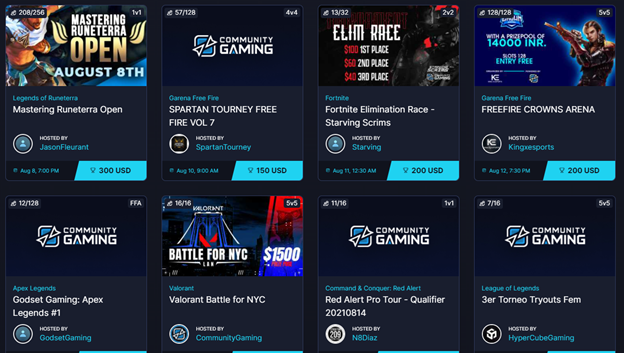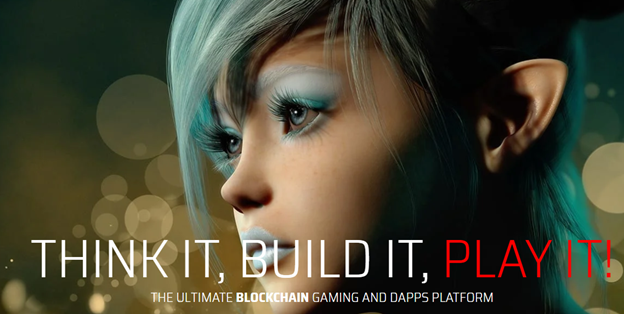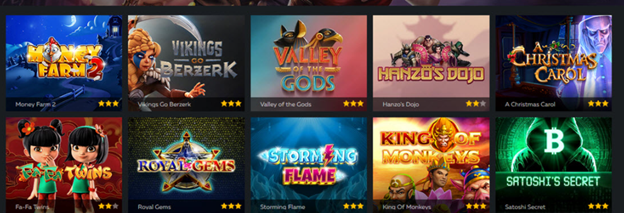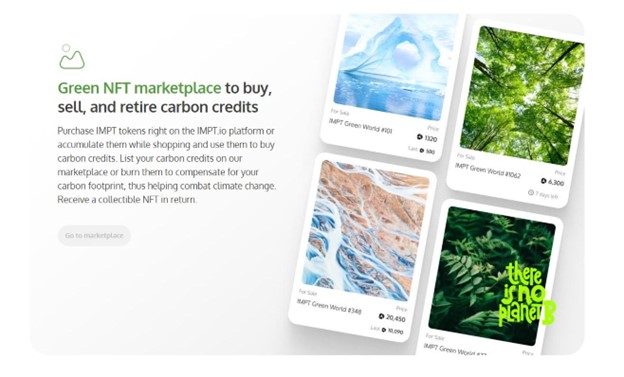Electricity follows the path of least resistance. Apparently, so does blockchain adoption. The gaming industry has opened the door for many new technologies, providing a gentler learning curve and disguising some of the technical hurdles with fun and exciting gameplay. Looking at examples from early consoles and arcade cabinets to VR, to online communities, gaming has led the way into the mainstream. And though blockchain didn’t start out as a gaming technology, it seems that gaming applications have recognized the value, incorporating blockchain features onto their platforms, and transformed countless players into savvy crypto users. One challenge for blockchain gaming platforms is the burden of success, with Axie’s server crashing once the 500,000 mark was passed for daily active players. It created some stress among players as it was fixed, but is a testament to how rapidly these platforms are growing, not giving the founding teams any warning when a massive spike in users is about to occur.
While some platforms are cash grabs hoping to capitalize on the blockchain buzzword trend, there are others who have created games and entire ecosystems that rely on blockchain, and have created new features impossible without it. This article dives into some of the top examples of gaming platforms embracing blockchain, creating new worlds, and bringing in countless new converts to crypto.
Splinterlands

Source: Splinterlands
Blockchain adoption flex: 25.5 million monthly transactions
Unique feature that uses gaming as blockchain adoption: Rent cards, secondary market, land sale
What it is: Splinterlands is a digital, blockchain-based card game (available on PC, Android, and IOS) that allows players to purchase cards, then use them to collect, trade, and battle with others across the globe. Unlike traditional card games, Splinterlands has created its digital cards using NFT technology. This results in cards that hold real value, and the potential for collectibles that can skyrocket in value according to rarity and market demand. The result is a game that has been ranked as a top crypto card-based game, has a massive user community, creates lucrative products for revenue streams, and generates earnings opportunities for the players. The business model developed is a symbiotic relationship between an exciting platform that is accessible for free, but rewards commitment (both time and money) by creating enticing opportunities of rewards through daily quests, unique cards, ever-changing gameplay (requiring a larger range of cards to strategize), and regular tournaments, many of which are free to play with real money prizes provided by Splinterlands.
How it’s driving blockchain adoption: By any conceivable measure, Splinterlands is exploding in popularity, with August showing exponential growth in user sign-ups and the purchases of spellbooks, which allows users to participate in many of the activities. Why are we seeing this spike? It’s likely caused by a critical mass of adoption, along with the simple appeal of a fun, card-based game with a stacked amount of rewards for participating. Unlike many other card games, Splinterlands’ purpose-built and hosted secondary market for cards is booming and is proving the initial claim that cards will likely increase in value. Digital plots of land that have been offered in several rounds started at $10 and are being sold on the secondary market for over $180. All this, and the underlying technology is blockchain, getting players more and more familiar with blockchain, wallets, and NFTs without any effort on their part.
Community Gaming

Source: CommunityGaming
Blockchain adoption flex: Tournament creation tool boasting growing numbers of competitions daily
Unique feature that uses gaming as blockchain adoption: Instant payouts for tournament winners
What it is: Community Gaming started out hosting in-person events in NYC in 2017, grew to a weekly event with LAN centers, bars, restaurants, and coworking spaces. After 200 events hosted, plus the onset of the pandemic, the team decided to address the grassroots challenges they faced and build their own esports platform. This allowed massive growth that wasn’t affected by lockdowns, physical locations, or having to work through third-party tournament software.
How it’s driving blockchain adoption: The decision was made to build on Community Gaming’s existing solution by combining registration/ticketing, bracket management software, and player payments into an integrated whole. By incorporating a crypto-based payment platform, their tournament quality improved significantly because organizers and players alike can now set up their wallets, make payments, hold prize money in escrow, and initiate payments immediately after a tournament is over. This is groundbreaking in the esports community and is showing participants the power of blockchain as a trusted escrow and an instant, borderless payment platform.
Xaya

Source: Xaya
Blockchain adoption flex: Building and running blockchain games since 2014
Unique feature that uses gaming as blockchain adoption: Xaya isn’t a single game, but rather a platform designed for anyone to build upon.
What it is: Xaya is a blockchain-driven gaming platform and home to the first ever blockchain game—Huntercoin. Since that point, the team has used their experience to evolve, developing a number of games that have led them to a more and more decentralized, scalable platform that uses the blockchain intelligently. This ensures that the blockchain’s immutability prevents cheating and ensures a fair game for everyone, without stifling growth. It also solves many of the scalability problems that plague blockchain gaming, balancing what goes on the chain, where local nodes provide heavy lifting while avoiding the limitations of other games who have centralized servers. Xaya has set itself up as a testbed for gaming developers, and a platform to grow the options for blockchain gaming considerably.
How it’s driving blockchain adoption: Like the other platforms on this list, Xaya has used simple gaming mechanics to ease its non-crypto audience into the field. Its first game, Huntercoin, allowed players to compete for in-game coins which were actually real cryptocurrency. Since that point, they have created Taurion, a real-time space strategy game; Soccer Manager Elite, a simulation game where players manage the risks and opportunities of running a football club; Treat Fighter, where players “cook” up animated treats to battle against each other; and Xayaships, essentially Battleship on the blockchain. Though games on Xaya don’t have to include “human mining”, where real digital assets are created, the games that will contain this feature encourage users to pursue, collect, and even sell digital assets, NFTs, and tokens, bringing them into the blockchain ecosystem.
FortuneJack

Source: FortuneJack
Blockchain adoption flex: First blockchain casino to offer “provably fair” gaming.
Unique feature that uses gaming as blockchain adoption: The provably fair method is a critical advantage for any casino to give players complete confidence that the gaming outcomes are exactly as advertised.
What it is: FortuneJack was launched in 2014 as one of the first crypto casinos in the world. Since then it has grown significantly in its lottery, slots, and scratchers-style gaming offerings. Like many online casinos, FortuneJack has worked hard to ensure a strong reputation for fairness, complying with all regulations pertaining to its operations, and ensuring that players are vetted ahead of time. This assures players that if they win, they REALLY win. A very small amount of research shows that this can’t be said of all online casinos. Unlike stepping into a physical casino, players can feel uncertainty and a general lack of trust with online gaming, so a critical goal of any online casino is to build and maintain trust.
How it’s driving blockchain adoption: FortuneJack prides itself in vetting players and working in compliance with national lotteries around the world. It even carries strong insurance to guarantee payouts. This is all well and good, but what FortuneJack does best is use the blockchain to provide “provably fair” gaming, which can’t be done by non-crypto casinos. A simple example of this would be if a customer was playing “guess that number” with the dealer. Instead of trusting the dealer to be honest, the dealer would write down the number (place it on the blockchain), encrypt it, then hand it to the player. Once the player picks a number, the dealer hands them the decryption key so the player can see if they won or lost. There is no trust required because the blockchain ensures there is no need for it. Players hesitant to play online gaming are being won over to the benefits of blockchain in droves due to the “provably fair” concept.
Where We Go from Here
As these examples show, blockchain as technology is not only gaining massive adoption through the gaming community, but is enabling completely new ways of playing, developing, and hosting games. As the industry continues to grow, we can expect these examples to continue to evolve their offerings and communities as well, and for other platforms to discover new ways to create with blockchain. One thing is clear: Gaming has done a lot to bring blockchain to the masses.
Photo by Florian Olivo on Unsplash











